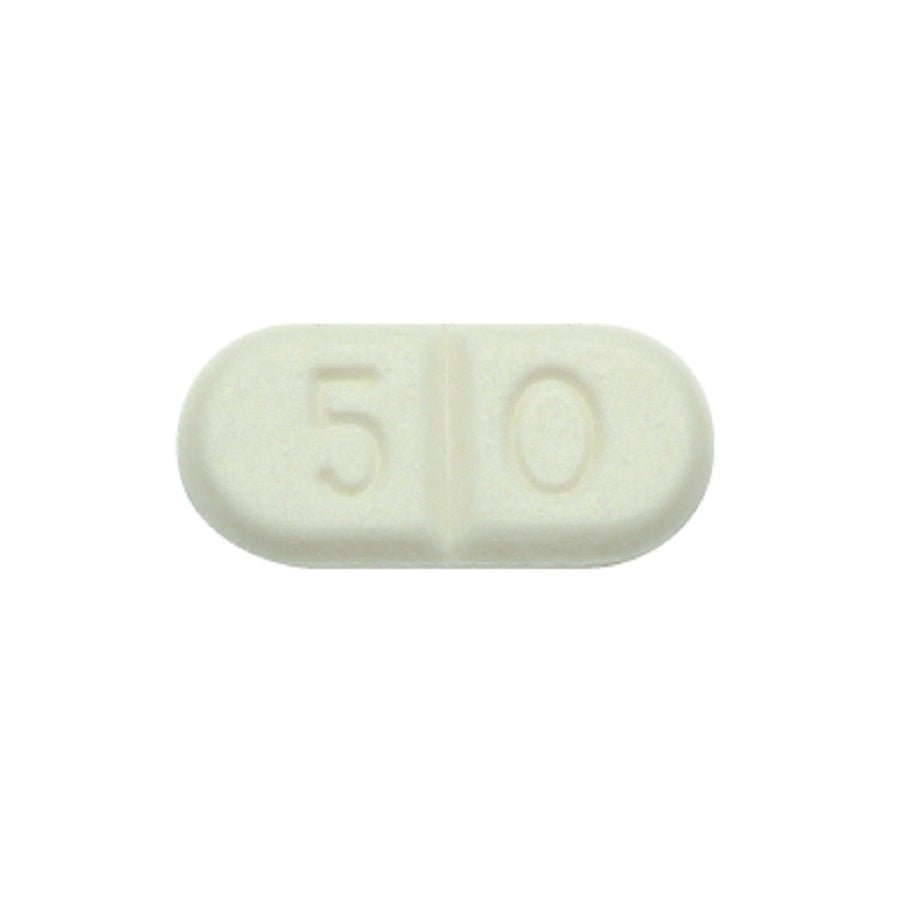Generic
AZATHIOPRINE (Azathioprine)
AZATHIOPRINE (Azathioprine)

Couldn't load pickup availability
What is this medication?
Azathioprine, Imuran/Azasan
Immunosuppressant
Officially indicated for prevention of organ rejection after kidney transplantation and to treat active rheumatoid arthritis. It is also prescribed off-label for Crohn disease, dermatomyositis/polymyositis, eosinophilic granulomatosis with polyangiitis, erythema multiforme, heart transplant, hepatitis, immune thrombocytopenia, liver transplant, lupus nephritis, myasthenia gravis, pemphigus vulgaris, pericarditis, psoriasis, ulcerative colitis, and uveitis.
“ALERT: US Boxed Warning
Malignancy:
Chronic immunosuppression with azathioprine, a purine antimetabolite, increases risk of malignancy in humans. Reports of malignancy include post-transplant lymphoma and hepatosplenic T-cell lymphoma in patients with inflammatory bowel disease. Health care providers using this drug should be very familiar with this risk, as well as with the mutagenic potential to both men and women, and with possible hematologic toxicities. Inform patients of the risk of malignancy with azathioprine.”
How does this medication work?
Azathioprine, Imuran/Azasan is a derivative of mercaptopurine in the body and its metabolites inhibit purine synthesis. Purines are the building blocks of DNA and RNA and when the metabolites are incorporated into the replicating strands DNA and RNA, cell division halts. These same metabolites also mediate most of the immunosuppressive and toxic effects of Azathioprine, Imuran/Azasan.
How should I take this medication?
Kidney transplantation – prevention of rejection
Oral: 2mg to 3mg/kg (usual dose: 50mg to 150mg daily)
Rheumatoid arthritis
Oral: 25mg to 50mg daily; dose can be increased by 50mg/day every 4 weeks. The maximum daily dose is 3mg/kg if required.
How to Take: Most commonly taken once daily after a meal; can be taken in divided doses to reduce gastric upset.
Make Sure to Adhere to Close Monitoring: Extensive lab monitoring is required including but not limited to CBC/diff, platelets, LFTs, bilirubin and CrCl.
What should I watch for while using this medication?
Risk of GI hypersensitivity symptoms which can include severe nausea, vomiting, diarrhea, rash, fever, malaise, myalgia, hypotension and elevated LFTs
Risk of hematologic toxicity, hepatotoxicity, infections, malignancy
Use with caution in patients with hepatic and renal impairment
What if I miss a dose?
If you miss a dose of medication, try to take it as soon as possible. However, if it is almost time for your next dose, take only that scheduled dose. Do not take double or extra doses.
How should I store this medication?
Keep out of the reach of children at all times. Store at room temperature, 59 to 86° F (15 to 30° C). Protect from light. Keep the container tightly closed. Properly dispose of any unused medication after the expiration date.
What are the possible side effects of using this medication?
The frequency of side effects is not defined, dependent upon the dose, duration, and concomitant therapy.
Central Nervous System: Malaise
Gastrointestinal: Nausea and vomiting (rheumatoid arthritis: 12%), diarrhea
Hematologic & Oncologic: Leukopenia (renal transplant: >50%; rheumatoid arthritis: 28%), neoplasia (renal transplant 3% [other than lymphoma], 0.5% [lymphoma]), thrombocytopenia
Hepatic: Hepatotoxicity, increased serum alkaline phosphatase, increased serum bilirubin, increased serum transaminases
Infection: Increased susceptibility to infection (renal transplant 20%; rheumatoid arthritis <1%; includes bacterial, fungal, protozoal, viral, opportunistic, and reactivation of latent infections)


